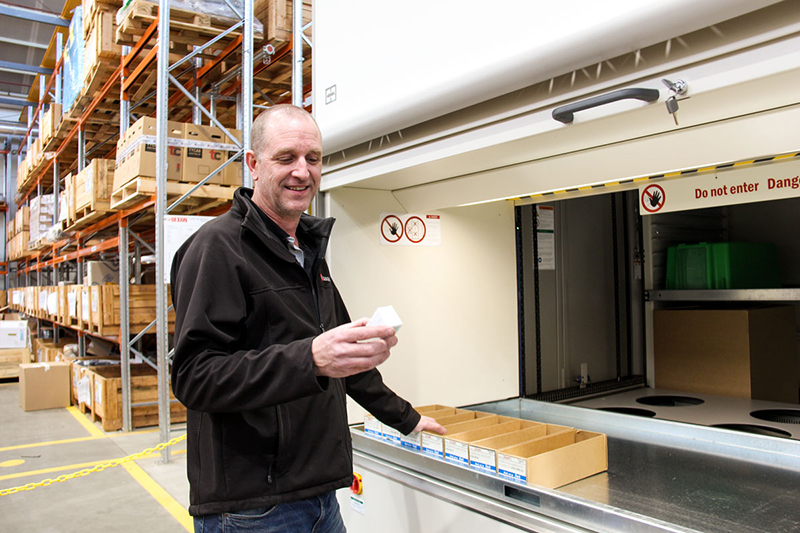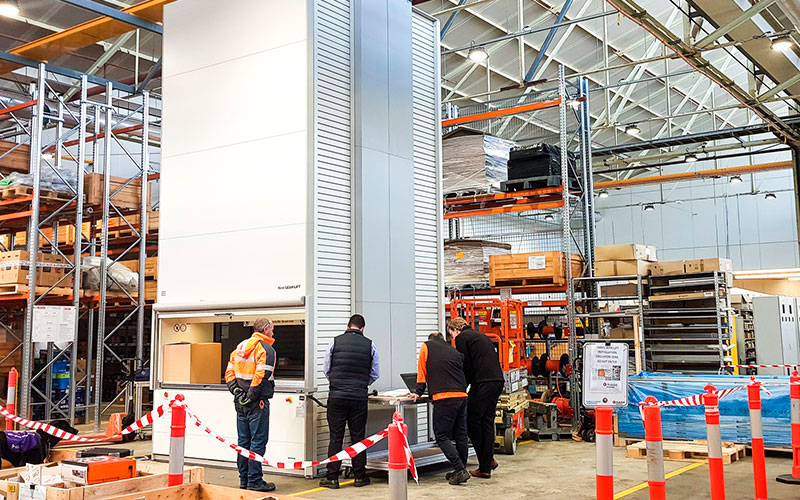The essential guide to Six Sigma DMAIC: Phase 2 (of 5) - Measure
SAGE Automation, Published: December 21, 2017 - Updated: December 21, 2018 (6 min read)
Our previous blog outlined the first phase of the DMAIC (Define, Measure, Analyse, Improve, Control) process in Six Sigma: Define. In Define, you should have developed a problem statement, calculated the problem’s business impact and defined a goal.
This would have helped you will build a strong business case for your operational improvement program and allow you to begin the next stage: Measure, which we’re discussing today.
About ‘Measure’
The Measure phase is where you ‘let the process speak’.
“You're not trying to change anything at this point,” says University of South Australia’s Six Sigma lecturer Dr Neil Davidson, who has more than 15 years of Six Sigma implementation experience.
“All you're doing in Measure is collecting enough data to be able to characterise the current process.”

Measure: key steps
1. Process mapping
Start by mapping the current process, outlining in detail each step that must be completed for the final result to be achieved. For a business service application, it might be the customer ordering and invoicing process. Or it might be the entire production process in a computer manufacturing facility.
2. Measurement plan
Find out how to measure and collect reliable data on the current process. The plan should outline:
- who collects the data,
- how often,
- when in the process,
- the recording methods, and
- how you pull that data into a central database.
Most organisations will already have data collection structures in place, but you may need to set up additional ones. In business services, this could be formally recording the hours of rework that goes into collecting additional information from clients. In manufacturing, it may be collecting machine temperature sensor data, typically only used by operators, and feeding this into a central database so it can be analysed over time.
3. Collect the data over a defined period of time
How much data do I need?
The amount of data and the period of time required depends on several factors, including the cost of collection, the frequency of measurement, and the urgency of the project.
Ensure you don’t rush ahead with data that is unfinished or hasn’t had enough collection time. “The rule of thumb is 30–50 data points, as this gives a large enough sample to handle statistically – although sometimes this is difficult to achieve,” says Dr Davidson.
Example: Collecting data for defect rates
To measure defect rates on a process, start with reject rate data and then expand to look at other process parameters.
Look across the entire process from a number of different angles – for example, rejects per lot, rejects over time, quality reject characteristics, personnel on shift, quality test effectiveness, and what happens at different stages in the process. Data should be collected on each of these.
You should also ask yourself, what are the drivers that could lead to variation? E.g. a heating element, temperature, pressure, operator actions, supplier amount and range. These measurement points should be clear from the process map. Collect data on each of these as well.
“Remember, at this point you’re not trying to solve the problem, you’re just trying to characterise it,” Dr Davidson says.
Caution on data quality
Many organisations collect data automatically through integrated production line software systems. While these systems offer increased visibility of operations and data integrity, some systems still rely on human-inputted data. To ensure data integrity, be extra vigilant if your processes involve manual data entry points.
People involved in Measure
Measure is where you need to involve your process and operator personnel. They’ll be the ones collecting and monitoring the data and will need to ensure its quality.
Here, Dr Davidson says, it’s vital to communicate exactly why you need the data, and how it might help.
“They'll look at you and go, ‘Well, why do you want the data?’ And you’ve got to get your story together so you can motivate them to collect it for you,” he says. “One of the worse things you could say is, ‘You don't need to know why, just collect it.’”
If staff don’t see the value in collecting it, there will be data quality issues. And good data quality is vital for making good decisions.
Summary
The Measure phase is about collecting as much data as possible to help paint a picture of the current processes that are related to your problem.
It isn’t about finding a solution. In fact, it doesn’t even try to find the cause of the problem. It only seeks to measure the current process using concrete, reliable data. Similarly it doesn’t aim to analyse the data – save this for the next phase of DMAIC: Analyse.
When a machine stops, it can quickly escalate to calling in external help – sometimes unnecessarily. The Breakdown Checklist is designed to get you back online faster. It will get your team thinking about what caused the breakdown and assess the need for external advice. Download the free downtime checklist here.
SAGE Automation delivers agile, scalable and secure solutions that don’t just solve current problems, they preempt and deter future ones, helping your organisation thrive. With years of experience working in defence, infrastructure, resources, utilities and manufacturing we have the expertise you need to custom-build or perform manufacturing maintenance on your equipment for maximum ROI.









